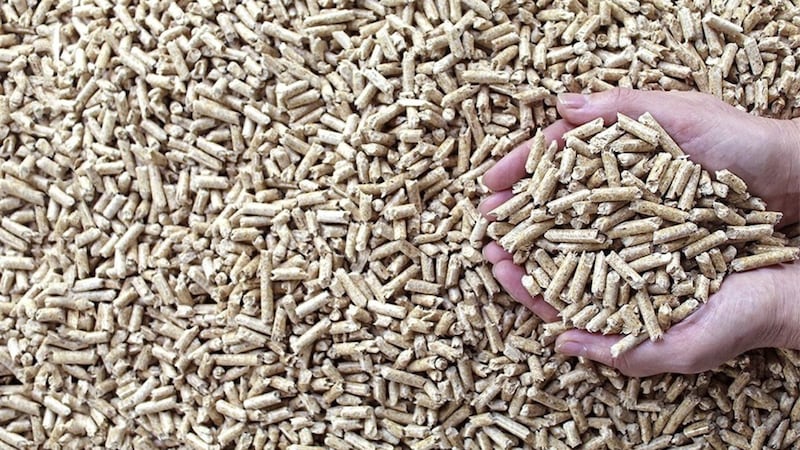QUESTION: I know the tax year finishes on April 6. Is there any tax planning strategies that I can avail of before the tax year ends?
ANSWER: As the tax year comes to a close, taxpayers are reminded of the importance of last-minute tax planning to ensure they’re making the most of available opportunities to minimize their tax liabilities. With the deadline looming, here’s a guide of some opportunities for taxpayers to maximise their tax position.
- ISA allowances:
Individual Savings Accounts (ISAs) continue to be a valuable tool for tax-efficient saving and investing. With a tax-free allowance of £20,000 for the 2023/24 tax year, individuals can shelter their savings from both income tax and capital gains tax.
For those who haven’t utilised their ISA allowance yet, now is the time to do so. Whether it’s a cash ISA or a stocks and shares ISA, taking advantage of this allowance can significantly reduce tax liabilities.
- Pension contributions:
Contributing to a pension remains one of the most effective ways to reduce tax bills while securing financial stability for the future. For UK taxpayers, pension contributions benefit from tax relief at the individual’s highest marginal rate.
This means that higher-rate and additional-rate taxpayers can claim back additional tax relief through their self-assessment tax return. Making a last-minute contribution before the tax year ends can lead to substantial tax savings and boost retirement funds simultaneously.
- Capital gains tax planning:
With the annual exempt amount for capital gains tax set at £12,300 for the 2023/24 tax year, individuals should assess their investment portfolios to identify any gains that could be realized tax-efficiently.
Utilising the annual allowance effectively can help minimise tax liabilities. Furthermore, individuals should consider tax-loss harvesting, whereby they sell investments at a loss to offset gains and reduce their overall tax burden.
- Utilise marriage allowance:
For married couples or those in civil partnerships, the marriage allowance presents an opportunity to transfer a portion of one partner’s personal allowance to the other if one partner earns less than the personal allowance threshold (£12,570 for the 2023/24 tax year) and the other partner is a basic rate taxpayer.
This can result in tax savings of up to £250 per year and can be backdated for up to four years, providing potential savings of up to £1,188.
- Charitable donations:
Charitable donations not only support worthy causes but also provide tax benefits for donors. UK taxpayers can claim Gift Aid on their donations, allowing charities to reclaim basic rate tax on the donation amount.
Additionally, higher-rate and additional-rate taxpayers can claim additional tax relief on their charitable contributions through their self-assessment tax return, further reducing their tax liabilities.
- Tax-efficient investments:
Investing in Enterprise Investment Schemes (EIS) and Seed Enterprise Investment Schemes (SEIS) can provide significant tax benefits for investors.
Both schemes offer income tax relief on investments, capital gains tax deferral, and exemptions on gains made from the investment. However, it’s crucial to understand the associated risks and seek professional advice before investing in such schemes.

- Final words:
With the tax year drawing to a close, now is the time for individuals to review their financial affairs and implement last-minute tax planning strategies.
By maximising available allowances, making strategic contributions, and taking advantage of tax-efficient investments, individuals can minimise their tax liabilities.
- Malachy McLernon (m.mclernon@fpmaab.com) is partner at FPM Accountants Ltd (www.fpmaab.com). The advice in this column is specific to the facts surrounding the question posed. Neither the Irish News nor the contributors accept any liability for any direct or indirect loss arising from any reliance placed on replies


